The Film Noir Foundation’s Noir City festival returns for the fourth time to Chicago’s Music Box Theatre, from Aug. 17-23.
The FNF’s Alan K. Rode and noted writer/historian Foster Hirsch will share hosting duties. All titles are presented on the big screen in glorious 35mm prints.
This year’s lineup looks great! Highlights include:
William Castle’s “Undertow” (1949), which was shot on location in the Windy City.
Alan Ladd x 2: “The Great Gatsby” (1949, Elliot Nugent) and “This Gun for Hire” (1942, Frank Tuttle).
Jean Negulesco’s “Three Strangers” (1946) starring Geraldine Fitzgerald, Sidney Greenstreet and Peter Lorre. Screenplay by John Huston and Howard Koch.
Cornell Woolrich x 3: Noir master Robert Siodmak directs Ella Raines and Elisha Cook Jr. in “Phantom Lady” (1944). Based on a Woolrich novel. “Black Angel” (1946, Roy William Neil) More suspense from Woolrich, this time starring Dan Duryea, June Vincent, Broderick Crawford and Peter Lorre. “The Window” (1949) Ted Tetzlaff directs an adaptation of Woolrich’s “The Boy Who Cried Wolf.”
Phil Karlson’s “99 River Street” (1953) Evelyn Keyes comes to the rescue when her buddy John Payne, a washed-up boxer, is framed for the murder of his wife.
Robert Ryan x 2: “Caught” (Max Ophuls, 1949) and “On Dangerous Ground” (Nicholas Ray, 1952).
“Kiss Me Deadly” (1955, Robert Aldrich) Screenwriter A. I. Bezzerides adapted Mickey Spillane’s detective novel to create this film noir classic. Ralph Meeker stars.
“White Heat” (1949, Raoul Walsh) James Cagney is unforgettable in one of noir’s greatest roles, outlaw and killer Cody Jarrett. The superb cast also includes Edmond O’Brien, Virginia Mayo, Steve Cochran and Margaret Wycherly as the bad-ass mama at the core of it all.
Also, be sure to check out the FNF’s Marsha Hunt interview. The actress joined Eddie Muller and Alan K. Rode at the 14th annual Noir City: Hollywood for a rare screening of “Mary Ryan, Detective” (1950, Abby Berlin). Hunt discussed her work with Fred Zinnemann, Jules Dassin, Orson Welles and others. I watched the event live and it’s terrific – it’s hard to believe she is 94! You can watch the interview at the FNF Video Archives.

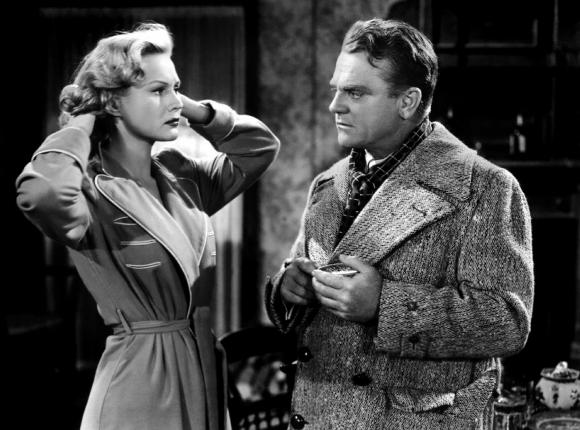





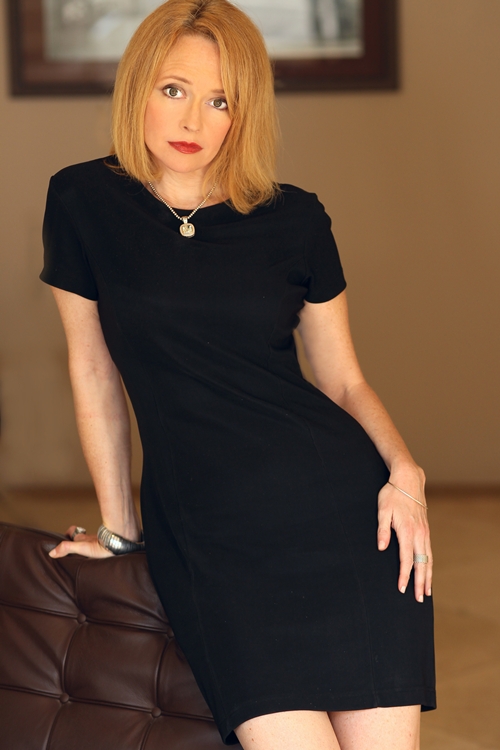
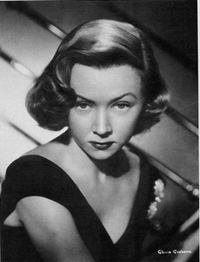
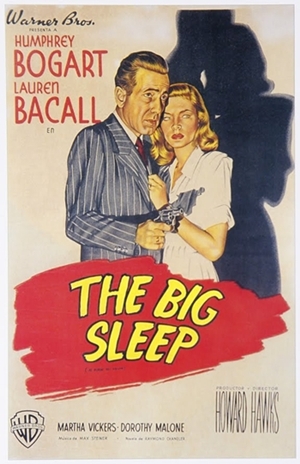
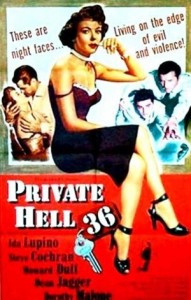
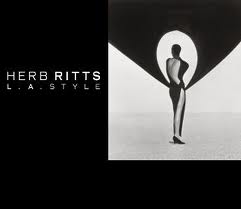
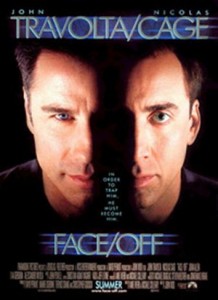
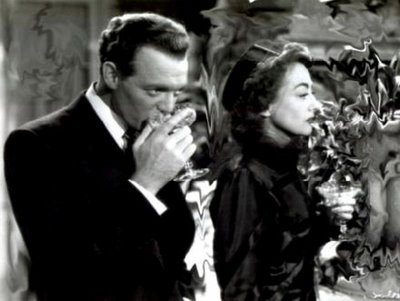
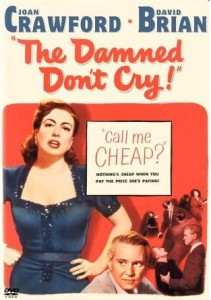
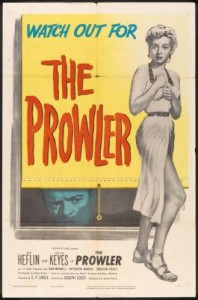
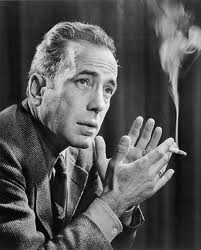
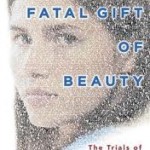
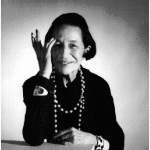
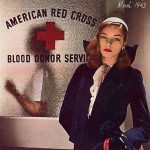
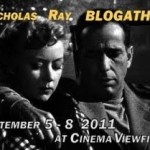
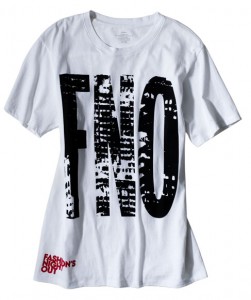

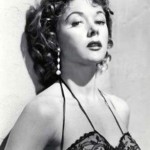
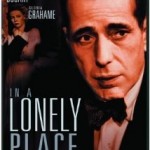
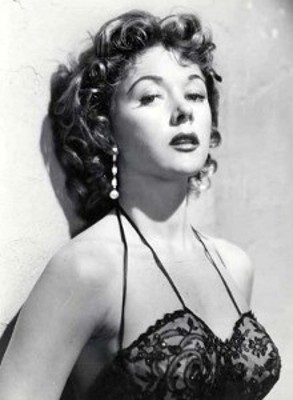
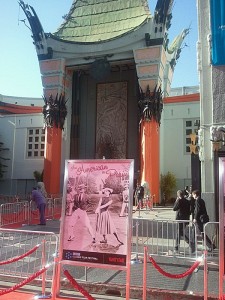
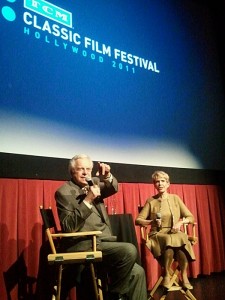
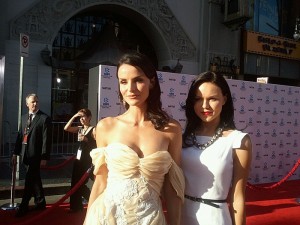
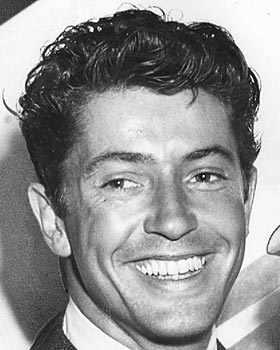
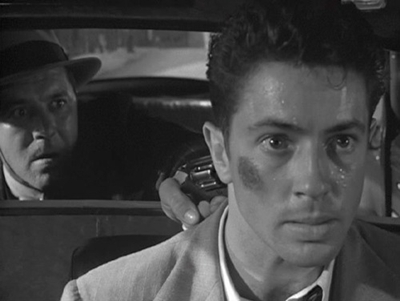





From FNB readers